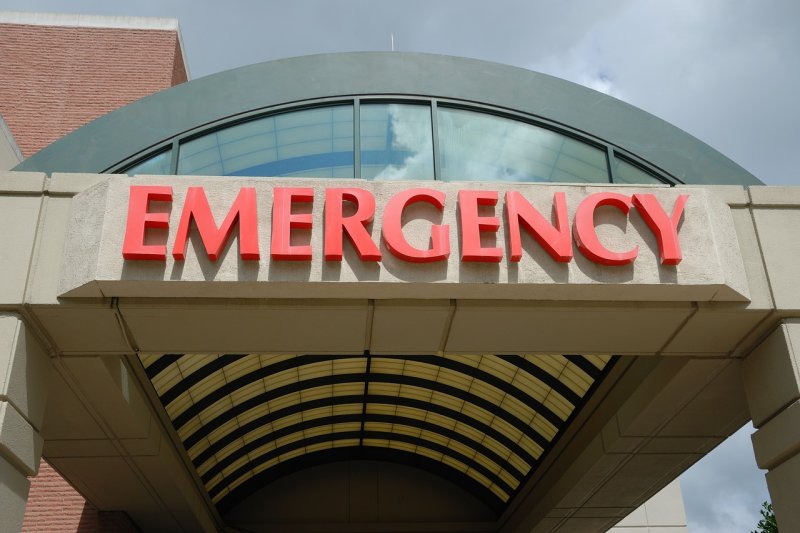The number of children going to the emergency rooms because of food and other allergies rose 150 percent over seven years, according to a Blue Cross Blue Shield Association report released Tuesday. Photo by paulbr75/Pixabay
March 13 (UPI) -- Children's emergency room visits because of food and other allergies rose 150 percent over seven years, according to a Blue Cross Blue Shield Association report released Tuesday.
The insurer's 19th Health of America Report detailed the number of emergency room visits for anaphylaxis from 2010 to 2016, and how many of Blue Cross and Blue Shield's youngest members were diagnosed with an allergy.
The study is a collaboration between BCBSA and Blue Health Intelligence from a market-leading claims database. The 36 independent Blue Cross Blue Shield companies insure one in three Americans.
The number of children suspected of having an anaphylaxis episode increased 104 percent over seven years, rising from 23 per 10,000 children in 2010 to 47 per 10,000 children in 2016.
Allergic reactions to specific foods accounted for 47 percent of children's 2016 anaphylaxis episodes, which can include difficulty breathing, reduced blood pressure, loss of consciousness and potentially death.
Peanuts were the most common foods that trigger severe allergic reactions at 22 percent, followed by tree nuts and seeds at 15 percent, and milk and eggs at 6. percent. But 53 percent of these allergic reactions, researchers say, are due to unknown foods or other unspecified causes such as insect bites.
Emergency room trips also increased from 1.4 per 10,000 children in 2010 to 3.5 per 10,000 children in 2016 -- an increase of 150 percent.
"It's clear that there's an increase of anaphylaxis episodes, but there's also been an overall increase in education," Trent Haywood, senior vice president and chief medical officer for BCBSA, said in a press release. "Parents are recognizing symptoms, calling their pediatricians and coming to the ER a lot quicker. This report highlights the need for parents and guardians of at-risk children to be prepared for a reaction at any time.
"The big question is why, and that's what we in the medical community need to find out. We know that food allergies are tied to both genetics and the environment - - and we know that something has changed for it to have gone up so drastically."
In 2016, approximately 18 percent of children suffered from an allergy, increasing slightly from 17 percent in 2010, according to the study.
The most common childhood allergy is rhinitis, known as hay fever, at 9 percent, followed by dermatitis, which is skin irritations, at 5 percent.
Roughly 25 percent of children under age 3 were diagnosed with one or more allergies 2016, while 14 percent of children aged 14 to 18 were diagnosed that year.
"As the rate of food allergies rises, this study highlights the increased need for awareness and education to help parents and caregivers recognize and properly treat anaphylaxis," said Kenneth Mendez, president and CEO of the Asthma and Allergy Foundation of America. "Patients are more likely to use their medicines if cost is not an issue. Thankfully, with new generics, we again have more options for epinephrine. And with new innovative treatments on the horizon, there will be options to reduce the risk of anaphylaxis."















